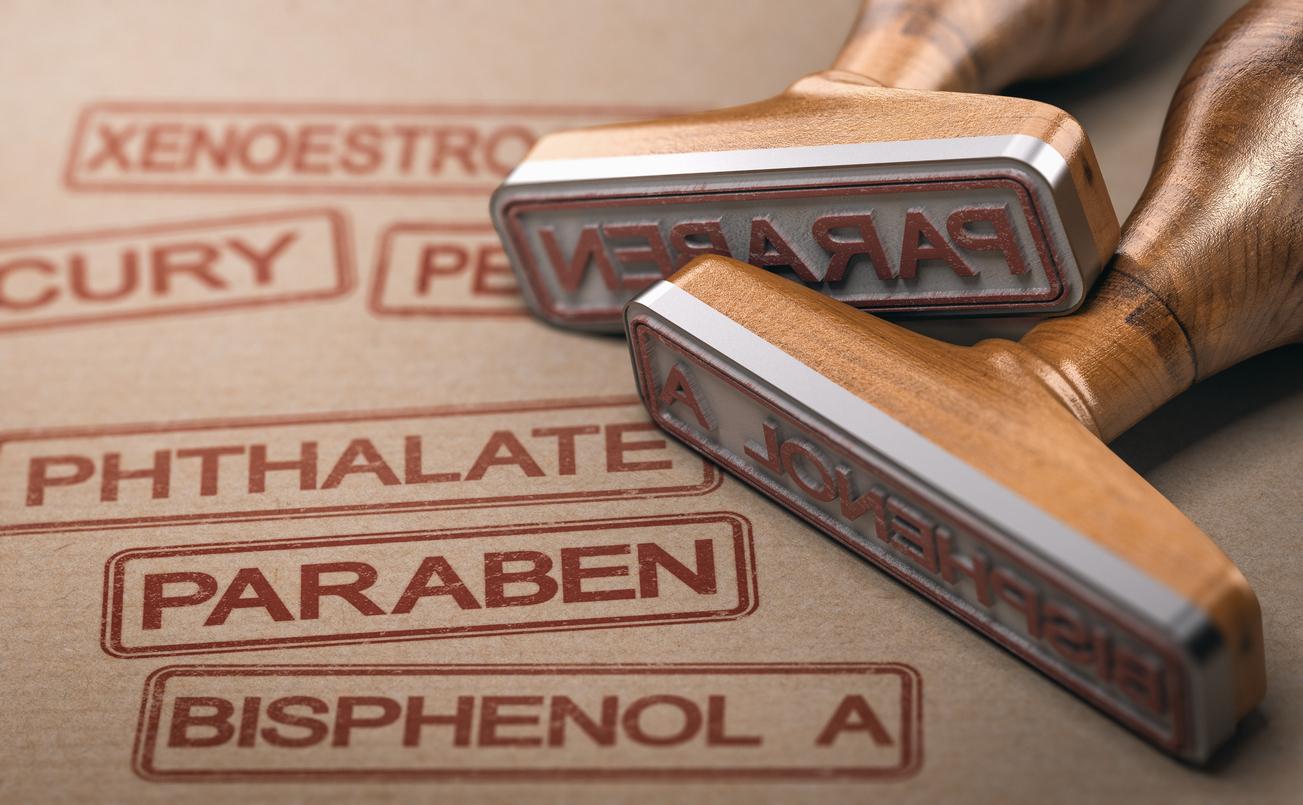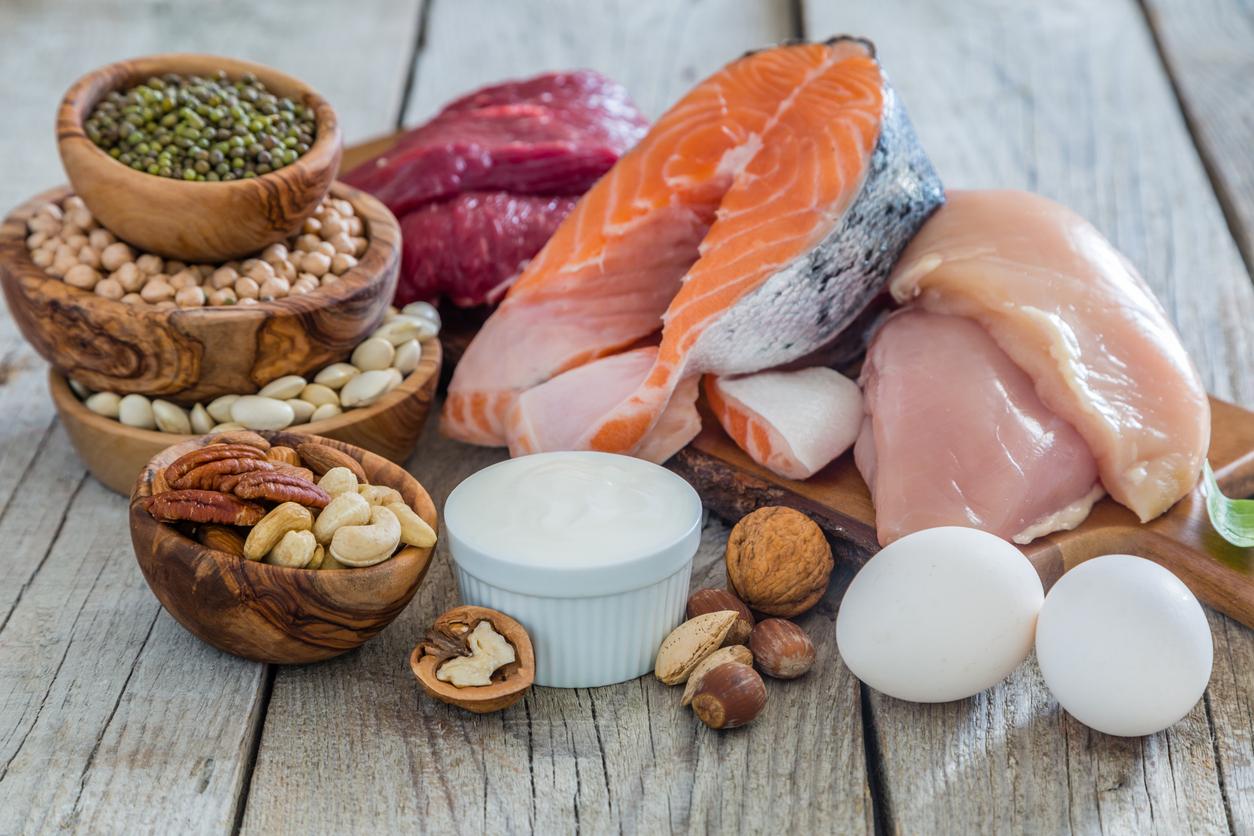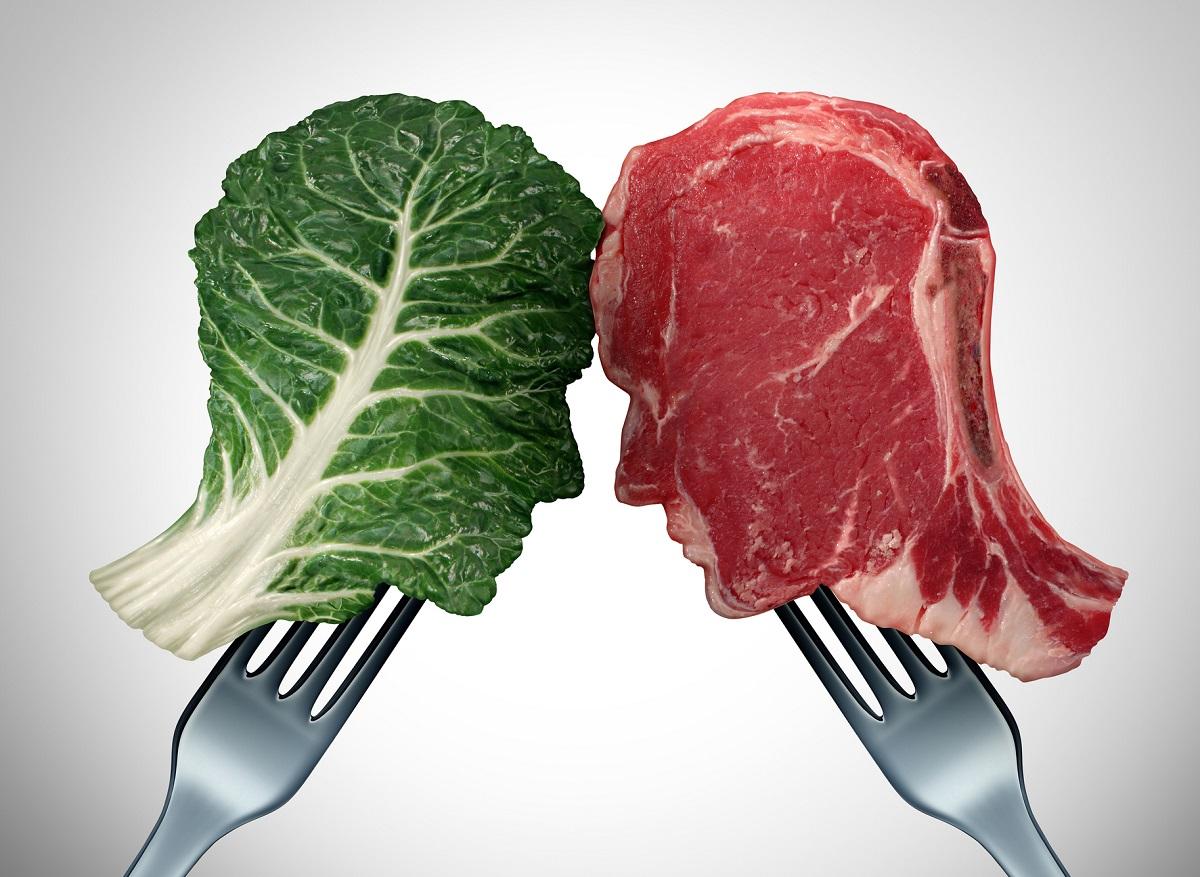In talks for several years now, the new nutritional labeling system should finally see the light of day! Simpler and clearer, it should allow consumers to better identify the information necessary for a healthy and balanced diet. Ultimately, the objective of this new labeling is to fight against junk food by encouraging the French to buy less products rich in fat, salt and sugar. Because today, a total of 15% of the French population is in a situation of obesity against 8.5% in 1997…
In order to implement article 14 of the law on the modernization of the health system, a full-scale experiment will begin from September 26 and will make it possible to determine which labeling system turns out to be the most effective for the consumer.
Four logos, four systems
The new labeling offers four different graphic formats, more or less detailed, representing the two approaches existing today: the analytical approach, which presents the main components of the product and quantifies them, and the synthetic approach, based on a color code. . For the moment, these 4 systems will be tested:
–The “Nutri-Score” : a 5-color system established on the basis of a score characterizing the nutritional quality of the product from the contents of major nutrients; the five colors always appear on the packaging and are also represented by a letter from A to E.
–Meaning” : a 4-color system, which includes an indication of the frequency of consumption (moderately, often, very often, etc.), and constructed from a classification made on the basis of the product’s content of major nutrients; each product includes one of four visuals.
–The “Nutri-Repère” : a more detailed system which includes an improvement of a system already in use, the RNJs (daily nutritional benchmarks). A small blue graph shows the contribution in quantity, and in percentage, of the five major nutritional references (energy, fat, saturated fatty acids, sugars and salt) in the product.
–The “Traffic Lights” : a system which has already existed for several years in the United Kingdom. It has the same details as the “Nutri-Repère”, but consists of five pastilles, each colored green, yellow or red, depending on the ratio between its proportion and its nutritional quality in the product.
Large-scale experimentation
During this life-size experiment, more than 2 million labels will be affixed to nearly 1,200 products. This test phase will be implemented in four regions selected for their criteria of representativeness of the French population: Île-de-France, Hauts-de-France, Rhône-Alpes and Haute Normandie.
The 4 aforementioned logos will thus be evaluated in 60 Casino, Carrefour Market and Simply Market supermarkets. In forty of them, a brochure, available at the entrance, will guide consumers on the details of the experiment, while the twenty others will serve as reference stores.
“It is a question of seeing which of these systems is most likely to modify the acts of purchase” by guiding consumers towards more balanced products, declares Benoît Vallet, co-president of the piloting committee of the experiment.
A European perspective
Once the experiment is completed, a report classifying the efficiency of the four systems will be submitted (at the earliest in December), and will help to choose the Ministry of Health. However, since European regulations do not allow it to be made compulsory, the labeling chosen will remain “optional”.
Because if France has in mind the application of the law to modernize the health system, which provides in particular for the implementation of simplified labeling in the form of logos, this is not its only objective. In 2017, the member countries of the European Union will meet to propose a labeling project, which will then be adopted by as many people as possible. France is so far the only country to have conducted a full-scale test; a weighty argument that could work in its favor during future negotiations.
Led by the French Food and Health Fund (FFAS), this project was the result of many differences within it before being successful. Last July, the resignation of Yves Lévy, the CEO of the National Institute of Health and Medical Research (Inserm), had created controversy. He mentioned expressing “reservations and criticisms on the methodological rigor of the study”. His departure came after that of three other resigners denouncing too much “lobbying” of the agro-food industry and mass distribution.
Read also :
Nutrition labeling: series of departures from the steering committee
Nutrition: the French are in favor of the 5-color code
Simplified nutritional labeling that indicates cancer risk

















